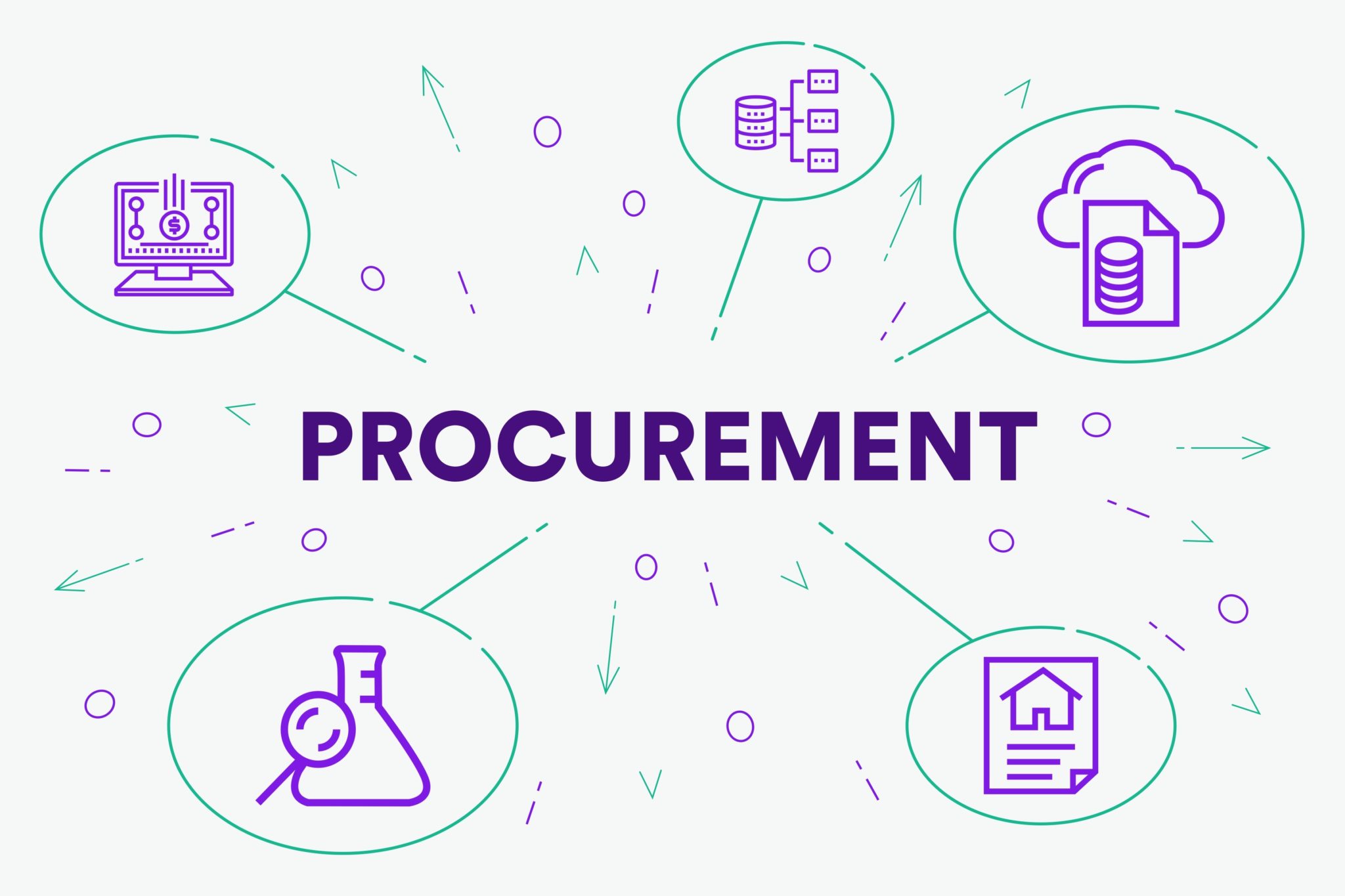The need to win work through the formal bidding and tendering process has become essential to corporate survival. It’s now the most preferred method to procure public goods and services globally, making up 12 per cent of GDP (USD 9.5 trillion).
The private sector is now adopting the practice at a surprising rate, with 46% of large private-sector companies, and 36% of small and medium-sized companies now regularly using competitive bidding and tenders in their buying processes. As public and private sector bidding becomes the new normal to secure high value enterprise contracts, there are distinctly different objectives and goals to understand.
If you are new to the formal bidding or tender process then putting together an Request for (RFx) Tender or Proposal, it can be an overwhelming and often cumbersome process. There are also some differences you need to be aware of between public and private sector bids and tenders that require different approaches.
Public sector process
Public sector bids ultimately need to maximise competition and value for money outcomes (which is not always the lowest cost). The process of submitting an RFx in the public sector can involve several steps, and may include an industry briefing, a pre-qualification stage, shortlisting, presentation and final contract negotiation. Public sector bids need to adhere to strict guidelines, laws and regulations where submissions are evaluated at arm’s length against weighted selection criteria that is open and transparent.
Public sector selection criteria
As public entities have to publish their budgets, including how funds are to be used, they are also open to public scrutiny.For this reason factors that relate to project dimensions of management, finance, key personnel (their availability) and expertise, related experience, pricing and safety – including aspects around social value (ie. local supplier participation, ethical and sustainable purchasing policies and practices) are increasingly common selection criteria. Other main sections of a tender include the Statement of Requirements (or Statement of Work) and Conditions of Contract.
Private sector process
The private sector is less regulated when it comes to the bidding process so companies are not obliged to disclose bidding details, contracts awarded or their value. Although companies are still expected to conduct a fair and transparent purchasing process, the private sector is considered more flexible with evaluation and selection and may be open to more innovative solutions that deliver commercial return on investment benefits with consideration of cost and operational efficiencies.
Private sector selection criteria
Private sector procurement is focused on driving value to the business and its shareholders, although social value is becoming higher on the agenda for companies to demonstrate how they use their expertise to benefit the communities in which they operate. For this reason commercial factors relating to price, innovation, industry expertise, supplier responsiveness and relationship management, along with corporate social responsibility are strong influences behind purchasing decisions, and the ultimate selection of the preferred supplier.
Conclusion
Regardless of whether you are competing for private or public sector contracts, it is important to remember that in the interests of transparency and accountability, any formal bidding and tendering process should be conducted and adhered to by all parties (both buyer and supplier) in line with probity rules. To ensure full compliance and consideration of your competitive bid focus on addressing all questions and customer requirements clearly, and highlight the benefits of your offer citing evidence to back up your claims.


